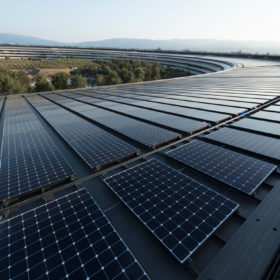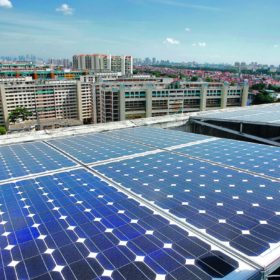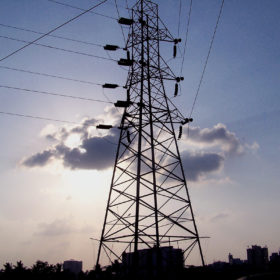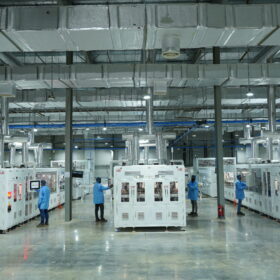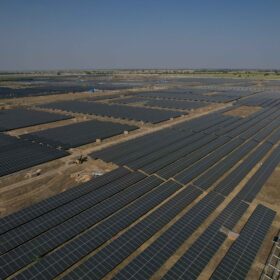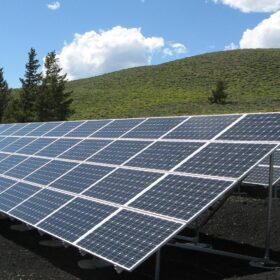Group captive solar projects on the rise among corporates
With Karnataka withdrawing open access waivers and the policy not replicated elsewhere, corporate buyers are increasingly favouring group captive projects that are exempt from the cross-subsidy surcharge—the largest and most unpredictable component of grid charges for open access power.
CleanMax Solar to set up 150 MW solar farm in Haryana at Rs 6 billion
Situated in Sirsa district, the group captive solar project is in line with CleanMax Solar’s mission to more than double its customer base from 120 corporates to 300 by 2022.
Haryana tenders 57 MW grid-connected solar capacity
Haryana Power Generation Corporation Limited has invited global bids for setting up of an aggregate ground-mounted solar capacity of 57 MW at three sites in the state. Of the total capacity, 30 MW shall come up in Faridabad, and plants of 15 MW and 12 MW at two separate sites in Yamuna Nagar. Bidding closes on July 17.
Maruti Suzuki to set up 5 MW solar plant at Gurugram facility
Entailing investment of around Rs 240 million, this ‘carport style’ captive solar power plant is expected to be commissioned in FY 2019-20. It will offset CO2 emissions to the tune of over 5390 tonnes annually, for the next 25 years.
BHEL tenders 170 KW grid-connected rooftop solar projects in Haryana
State-owned Bharat Heavy Electricals Limited (BHEL) has invited bids for supply, installation and commissioning of grid-connected solar rooftop PV plants of cumulative capacity 170 KWp at four locations in Haryana. The projects would be awarded through bidding followed by reverse auction. The last date for bid submission is May 10.
Exide acquires 26-30% equity in 3 captive projects by Cleantech Solar
Lead-acid battery manufacturer Exide Industries has entered into 26-30% equity shareholding agreement with Singapore-based Cleantech Solar Energy for three captive solar power plants to be set up for its manufacturing units in Tamil Nadu, Haryana and Maharashtra.
State-owned utilities tender 45 MW of floating solar projects
Following power company NTPC’s 20 MW tender for Rajasthan and 15 MW procurement for Himachal Pradesh, Haryana Power Generation Corporation Limited has invited bids to develop 10 MW of floating PV in Hisar. The deadline for bid submission is on March 1.
Haryana gives farmers solar connection option for tubewells
State owned Dakshin Haryana Bijli Vitran Nigam (DHBVN) has asked 1,703 farmers from Faridabad, whose applications for new tubewell connections up to 10 BHP are pending, to give their choice for off-grid solar connections from the Haryana Renewable Energy Development Agency or grid connections from the DISCOMs, reports The Tribune.
Renewable capacity in India set to jump by 50% in 2019
India is set to add renewable energy capacity of 15,860 MW in 2019, a leap of 50% on the 10,560 MW installed last year. Around 70% – 10,902 MW – of the new capacity will come from utility-scale solar projects, according to Bridge To India analysts.
Haryana: the argument for a rollback of solar incentives
The state has withdrawn its transmission charges waiver for solar projects bigger than 500 MW in capacity. While unhappy developers are protesting, industry experts deem it sensible for the government to apply a limit to – and possibly plan a phased withdrawal of – incentives for the solar sector.

